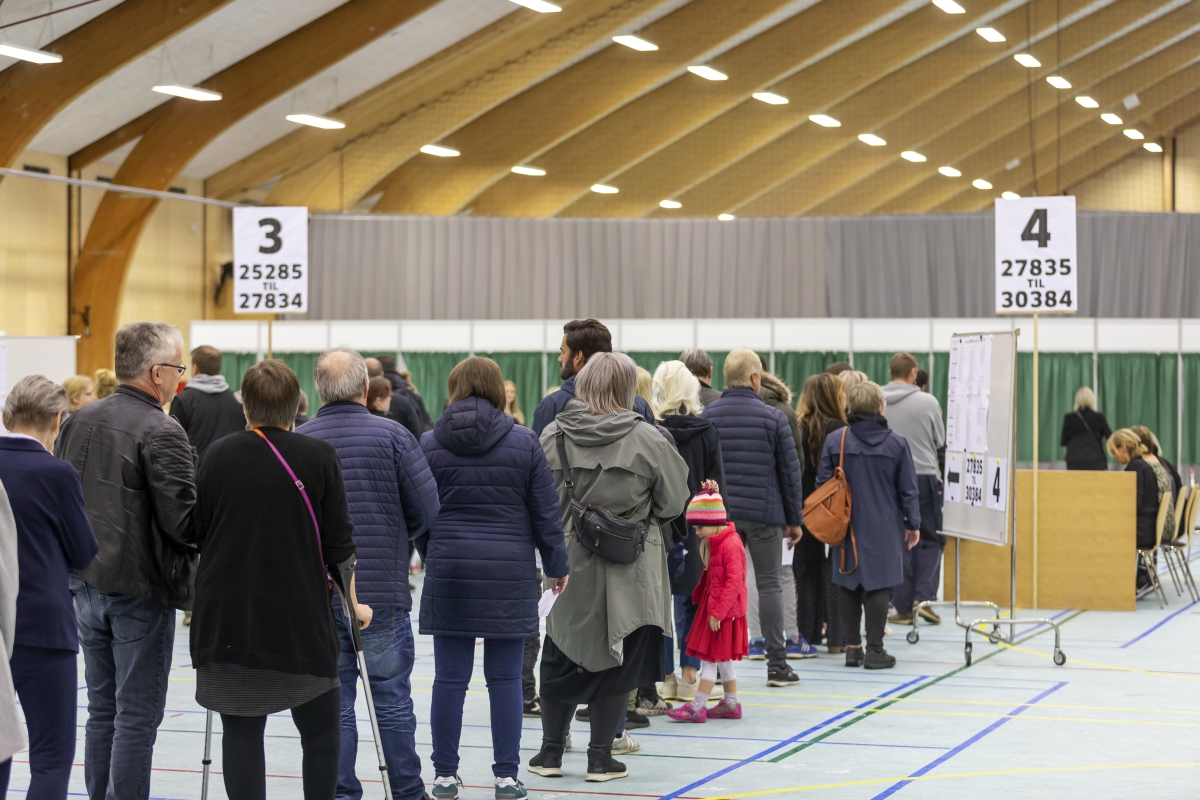Population
10. Nov 2022
Population is 54,100

The population growth has slowed down in the past year relative to the previous few years, as shown in the trend in the graph below.
[px-graph-3]
Low excess of births partially offset by net migration
The population trend is determined by the excess of live births over deaths and net migration (the difference in the number of immigrants and emigrants).
The excess of births has contributed significantly less to the population in the past year, predominantly due to a higher-than-usual number of deaths.
The relatively low excess of births figure is, however, partially balanced out by an increase in net migration. The Covid-19 pandemic led to a decrease in migration in summer 2020, but migration figures picked up again at the end of 2020. Since then, immigration has increased more than emigration, resulting in a slight increase in net migration over the past year.
The table below shows the population changes in the past two 12-month periods.
Highest immigration figures in two decades
The trend in the graph below shows that migration picked up pace at the end of 2020. Emigration increased relatively quickly up to the end of 2021 and has since dropped slightly. Today, an average of 110 people move away from the country per month compared to a monthly average of 117 a year ago. Despite the slight decline in recent months, emigration figures have not been significantly higher than they are now since summer of 2014.
Immigration was on a steady rise until June 2022 after which it dropped slightly. Today, an average of 160 people move to the Faroes per month compared to a monthly average of 151 this time last year. Immigration figures have not been this high since the turn of the century.
[px-graph-3]
Excess of births despite unusually many deaths
The trend in the graph below shows that after an increase in autumn 2020, the number of live births has stabilised at an average of 52 per month.
This same period has seen an unusually high number of deaths. This trend has now stabilised at an average of 43 deaths per month. For comparison, the monthly average of deaths was about 30 in the previous many years.
Nevertheless, the number of births remains higher than the number of deaths, and the trend indicates that this difference is increasing.
[px-graph-4]
Population by municipality and town/village
The table below shows the population across the 29 municipalities, with details for each town and village, on 1 October 2021 and 1 October 2022.
Tórshavn and Eystur municipalities had the highest population growth in the past year, while Sumba and Viðareiði municipalities saw the greatest decline.
The towns and villages with the highest population growth were Tórshavn, Argir, Hoyvík and Strendur, while the greatest decline was in Søldarfjørður, Leynar, Árnafjørður and Viðareiði.
[px-graph-4]
Population figures have a one-month lag
The figures have a one-month lag due to delays in registrations, especially regarding address changes, where many registrations are made after the month of address change has ended. To accommodate as many corrections as possible, there is a one-month lag in the data.
About the population figures
The population is defined as all individuals registered in the national register as residents of the Faroe Islands. Population data includes date of birth, gender, place of birth, citizenship, relationship status, and, where applicable, information on immigration and emigration, domestically as well as between the Faroe Islands and other nations.
About the trend
The trend describes the population trend by adjusting for seasonal effects and other error components in the population figure.